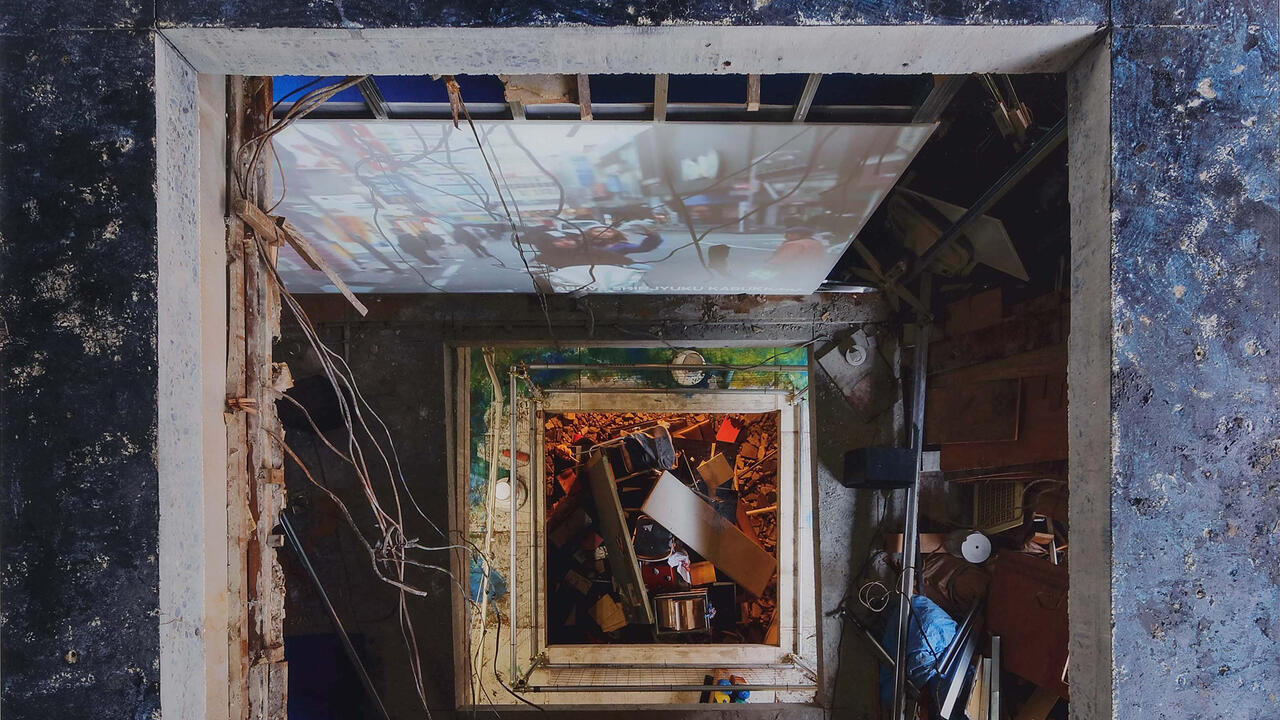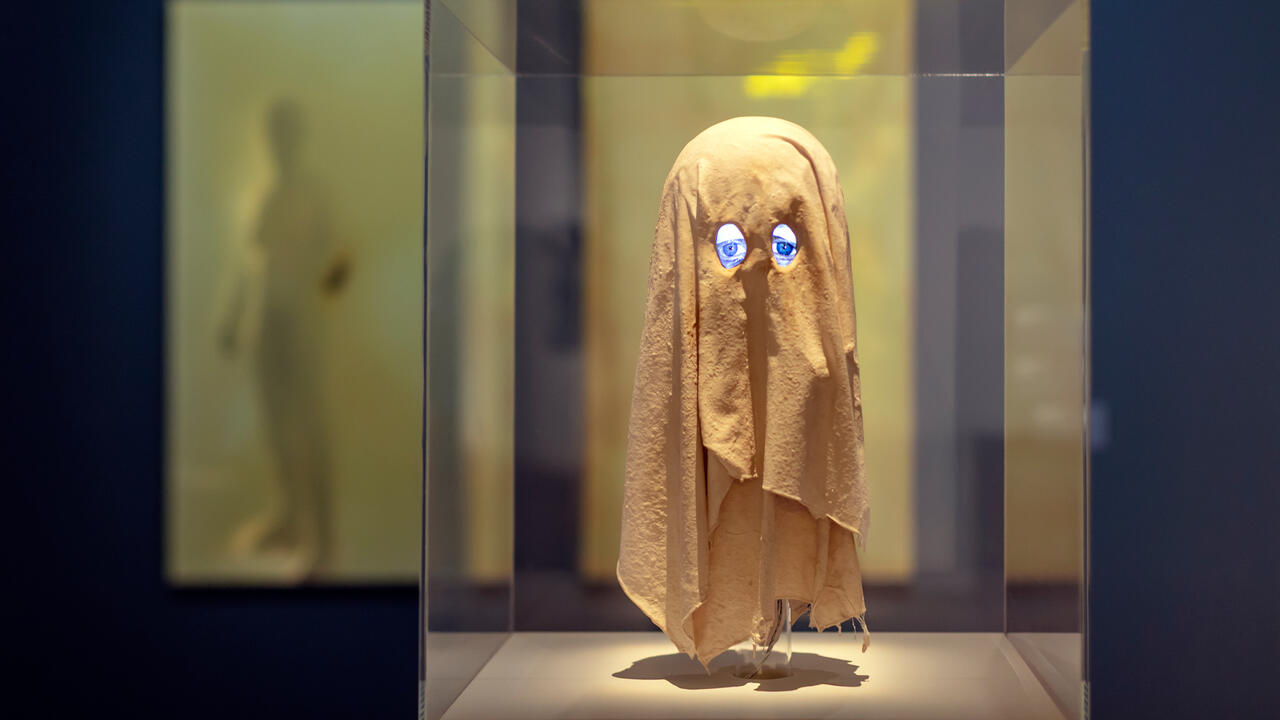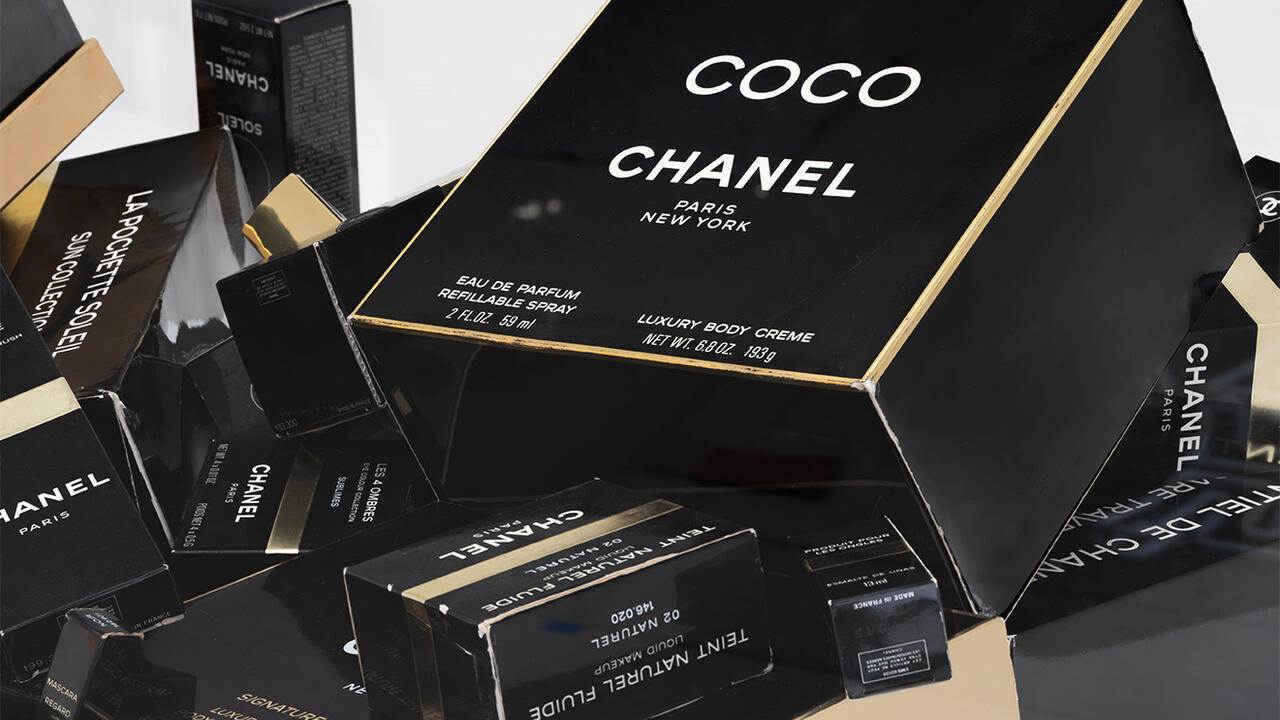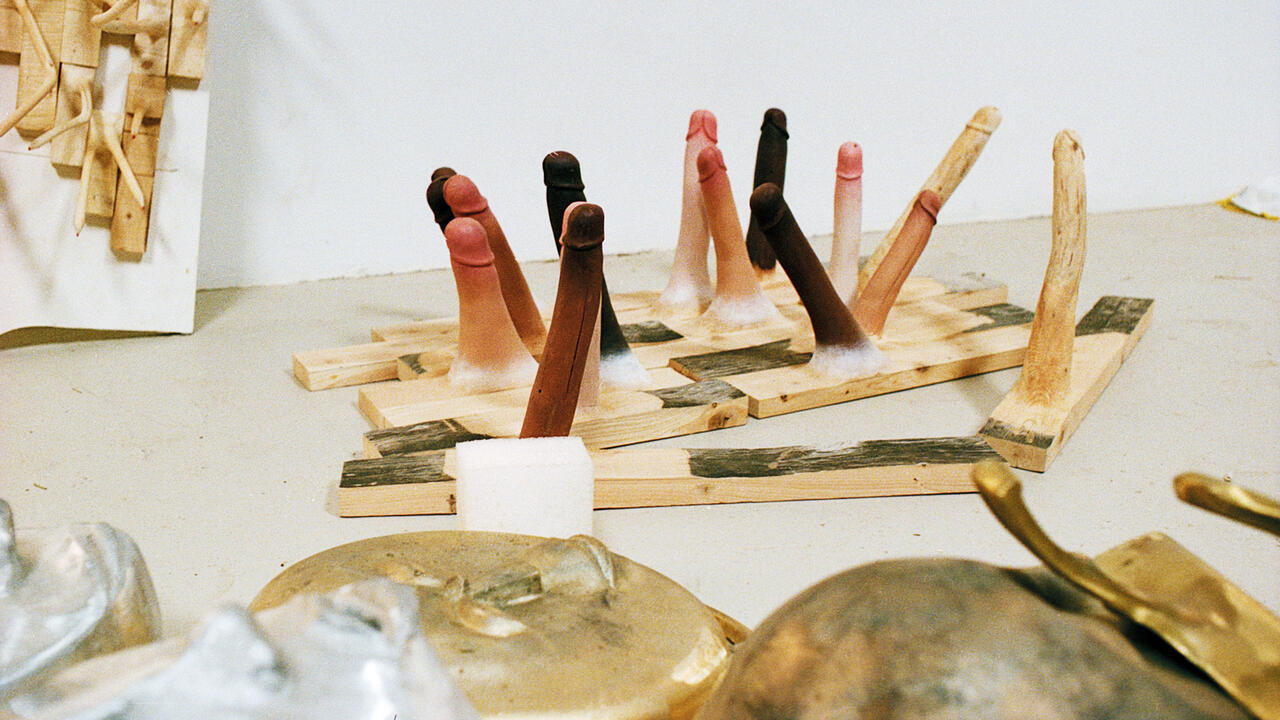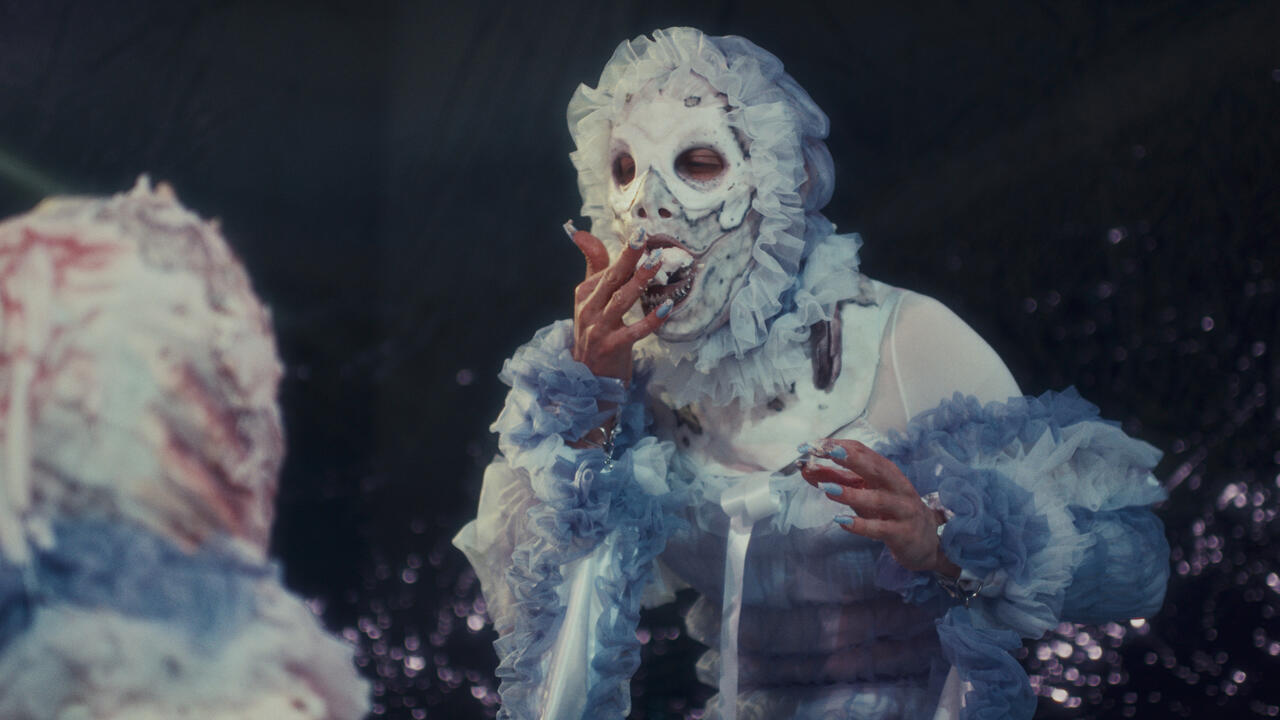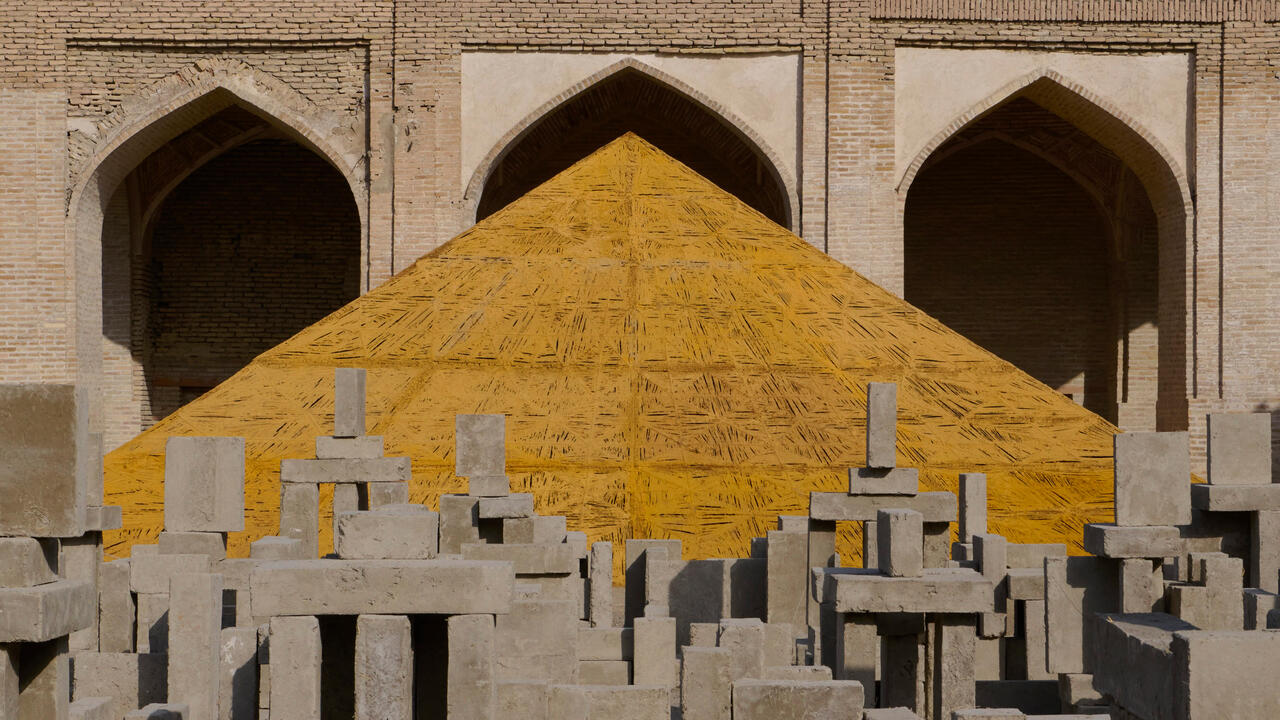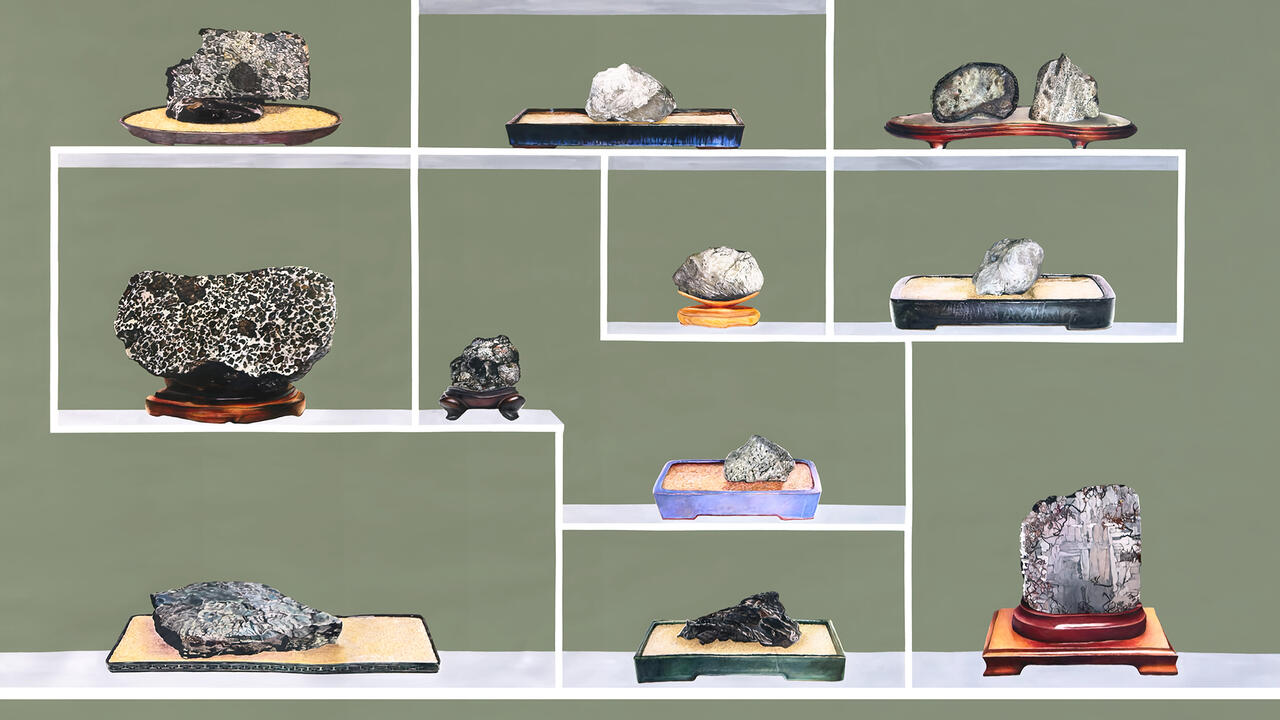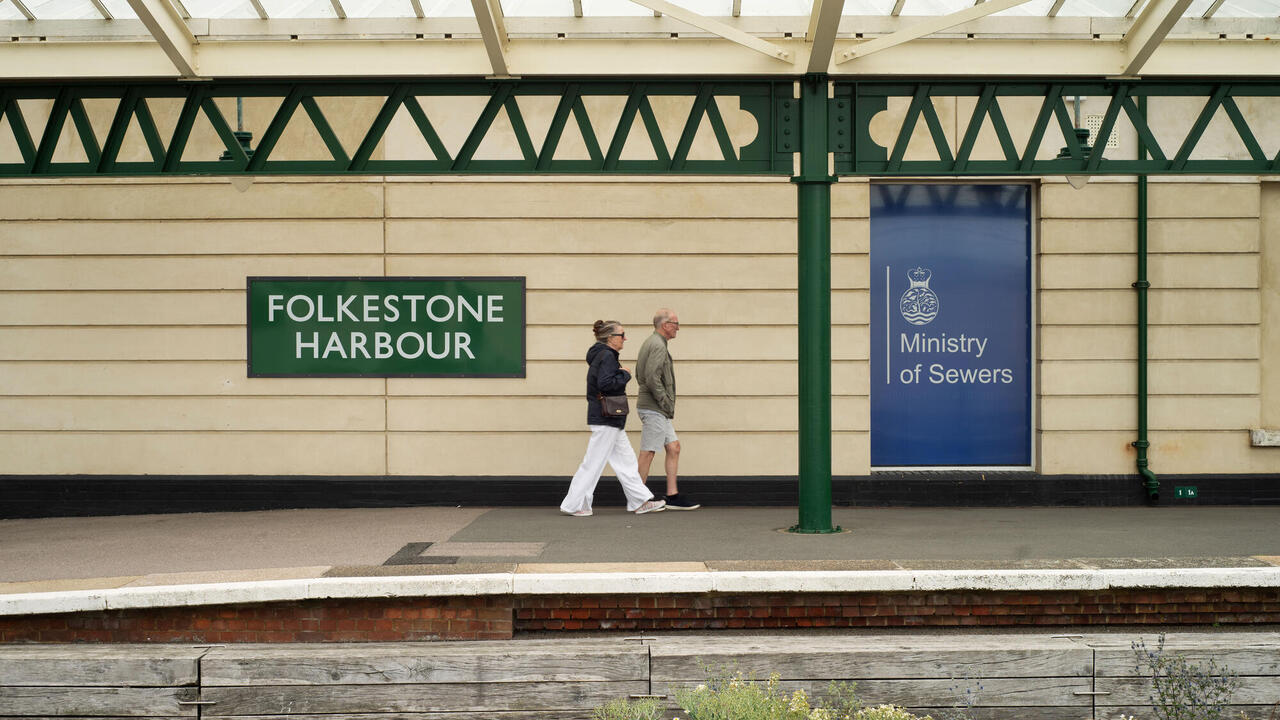Critic’s Guide: Zurich
Aoife Rosenmeyer selects the city's best current shows
Aoife Rosenmeyer selects the city's best current shows


Mariah Lookman - Victory over Tyranny
Counter Space
Part 2: 8 April – 12 May
Part two of Mariah Lookman’s ‘exhibition with a shift and partial substitutions’, curated by Daniel Kurjaković, reveals its new face on 7 April. Part one opened with Freedom by God’s blessing restored (2015), a video collaging historic and recent footage of bombers with bright, monochromatic cut-out shapes dancing to a brassy soundtrack. The imperious voice of Harry Truman heralding the destruction of Hiroshima can just be made out. Culled from online sources Lookman’s videos and installations draw out constants about the mediation of violence and war. Night Song (2015), meanwhile, was shown on twin monitors with headphones; abstracted images pulsate to birdsong while onscreen text creates a dialogue starting with Godot-like purposelessness, edging towards disconcerting agency as if the speakers are engaging in surveillance.

Omoshirogara – Japan’s Path to Modernity
Johann Jacobs Museum
21 January – 17 April
The museum’s 1913 lakeside villa is where Roger Buergel and his team pursue a programme with its own idiosyncratic logic, happily unencumbered by concerns of contemporaneity. This show illustrates Japan’s development as a modern, confident industrial and military nation at the turn of the 20th century. One sees a model of the 1884 steamer ‘Yamashio Maru’, propaganda films and a selection of ‘Omoshirogara’ kimonos that translated national political will into domestic reality. These latter garments bear dazzling, complex, graphic prints featuring warships, maps of territorial expansion, striking workers, machinery and bombers as well as more traditional motifs.

Elodie Pong – Paradise Paradoxe
Helmhaus Zurich
11 March – 8 May
Elodie Pong’s exhibition, subtitled ‘Geruch. Ein Gerücht’ (Smell. A Rumour,) uses smell as material and concept. Here is a series of video, sculpture, light and olfactory environments with nebulous edges: ‘Scent is a trompe l’oeil that uses me as exhibition space,’ says one video. If smell is an immediate link between our bodies, brains and environment, perfume is an industry bent on complicating those direct relationships. As smells circulate throughout one part of the exhibition, in an upstairs gallery a floor-based robot beats the bounds of its enclosure, the projector carried on its head throwing out names of perfumes on the surfaces it encounters like gnomic pronouncements.

From Science to Fiction
Florian Christopher Verein für Gegenwartskunst
12 March – 9 April
A phoenix from the ashes of the former K3 project space (its projects live on elsewhere) Florian Christopher Seedorf opens his programme with a show of nine male artists from Olafur Eliasson’s Institut für Raumexperimente attached to the Berlin University of the Arts. (The next exhibition is to be a solo show by a female peer.) Unsurprisingly, gestural sculptural statements on environmental themes dominate the show: Julian Charrère fires new igneous rocks in which remnants of electronic waste are melted, and arranges their fossil-like slices; Malte Bartsch’s upended tent filled with helium floats as high as the room will allow. The railroad layout of the space leads up to an infuriating intervention by Fabian Knecht – an opened sink tap, water running down the drain without interruption.

Ian Cheng – Forking at Perfection
Migros Museum für Gegenwartskunst
20 February – 16 May
Ian Cheng’s recent work is inspired by psychologist Julian Jaynes, who speculated that our current consciousness has evolved from a previous form in which stressful situations would evoke a god-like voice from within the brain – the remnants of which are found in disorders like schizophrenia. Whatever you think of this revelatory proposition, Cheng’s Migros Museum exhibition tells us something of museum visitors’ willingness to respond to digital stimuli. In a huge white cube, bare but for black hatched lines marking the walls, we are given tablets with which to pursue a dog throughout the space in an animation that infinitely generates itself according to the player or operator’s movements. Given the parallels it draws with the frantic intensity of contemporary gaming and media, the experience is oddly peaceful.

Sylvie Fleury – Your Dress is More Beautiful
Karma International
19 March – 7 May
Fleury’s first solo exhibition with Karma International is an opportunity to review her work from the 1990s to now. There are previously unseen works, such as tissues from 1992 on which she typed the names of international cities as if for an advertisement or shopping bag (New York and London remain familiar but Costa Mesa is no longer a key retail destination), and new pieces like the slightly trapezoid canvases My Life on the Road, a black surface with a single white road stripe in the centre, the surface rendered gritty with glitter. Fleury’s play on fashion and aspiration is writ large, as is her context amid the Geneva school of painters.
Wilhelm Sasnal
Hauser & Wirth
19 March – 21 May
Sasnal’s paintings in this show, mostly from 2015 and 2016, feel painfully, obviously topical. Given their noirish lighting and cropping, you’d expect the same style in the film he has been developing concurrently. It’s not the case. On show is an excerpt from the feature-length Sasnal is making with his wife, Anka, ‘The Sun, the Sun Blinded Me’. Shown as a two-projection selection of shots one sees the meeting of a runner on a beach with another man he finds lying down. It replays, shifts perspective, contradicts itself. It is a masterful illustration of meaning and message shifting before our eyes.








